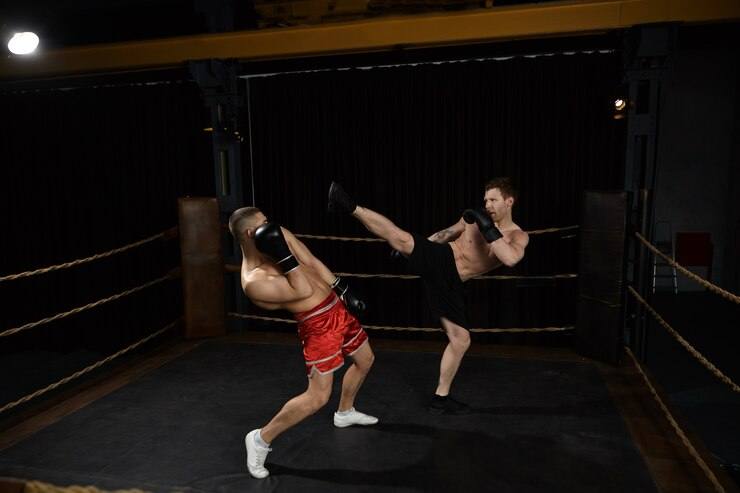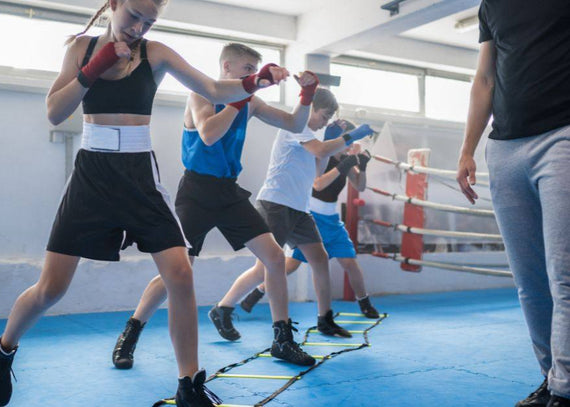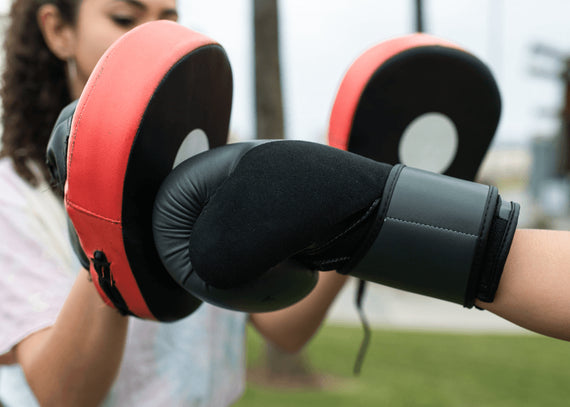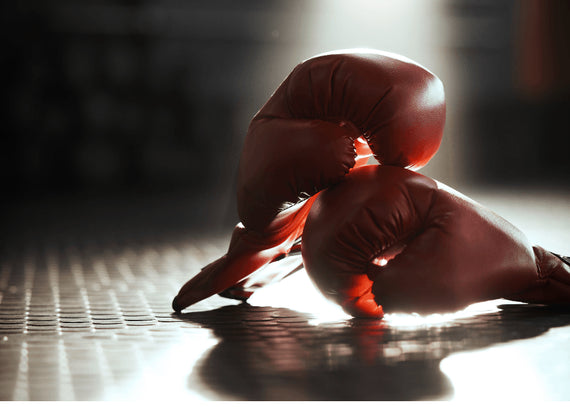If you are a boxing enthusiast then you must have seen how professional boxers are very swift in every move that they make. And in order to be quick, it is important for them to have strong footwork. While boxing, your footwork is of the utmost importance not only to ensure that you are able to move around and avoid the blows of your opponent but also to get some instant energy to hit your opponent back quickly. If you miss even a single move, you can end up losing the game! But if you are new to the world of boxing and you want to learn the fundamentals of footwork in boxing then you are at the right place! Let’s get a better understanding of how essential it is to focus on your footwork as you work toward becoming a better boxer, as well as the various ways in which you can achieve this goal.
Boxing's Reliance On Footwork And Its Importance
Experienced boxing coaches usually limit the amount of actual contact or striking work that their fighters do during practice sessions. This includes engaging in sparring, which is the activity that most closely resembles a real fight. Instead, they will have the boxer spend more time honing their defensive skills, hand placement, and, most importantly, their stance and footwork in order to learn the correct form for these things.
The Distribution Of Weight
Having your feet positioned in such a way that you are able to attack your opponent, defend yourself from their strike, or counter their strike at any given moment is the key to maintaining your balance. Because it comes from using your hips, legs, and knees to stay light on your feet and generating leverage in a way that keeps your opponent off balance, your centre of gravity works hand in hand with your balance. This is because your centre of gravity is derived from using these body parts. Therefore, it stands to reason that the manner in which you disperse and transfer your body weight is an essential component of both your equilibrium and your movement.
In your normal fighting stance, you should evenly distribute your weight over both feet so that you can make movements in any direction with ease. If your weight is unevenly distributed, moving in the opposite direction will require more effort, and as a result, more time. As a result of this, your body weight will transfer "into" the movement that you are performing when you are moving. For instance, if you are leaning in to hit your opponent or the heavy bag, you will begin to transfer the weight onto your front foot (in the direction of the target) in order to better direct your strike. This will help you hit your opponent or the heavy bag more effectively. Similarly, when you are moving around the bag or the ring, you will naturally transfer more of your weight to your back leg in order to make your move quicker and more precise. After completing each movement, you need to make sure that your weight is centred and that you maintain your balance in order to proceed to the next step.
Footwork Techniques Used In Boxing And Their Variations
If you have ever watched a boxing match or participated in a training session, you must be aware that a boxer does not stay in one place for very long. You are always moving around in order to find better positioning so that you can hit your opponent (or the heavy bag) while avoiding any potential strikes.
The techniques of forwarding movement, backward movement, and lateral movement that they use are all centred on the boxing concepts that we have been talking about, such as landing a punch, avoiding a punch, or setting up your next punch.
#1 Shuffling
In practice, the boxer shuffle entails little more than rapidly kicking each of your feet out in a different direction in an alternating pattern. Maintain your weight on the balls of your feet as you kick one foot out just in front of you and tap the heel out in front of you. Repeat this motion back and forth, keeping your weight on the balls of your feet. The shuffle is important to learn even if you only box for fun because it teaches you to be light on your feet and to make quick movements. This is one of the main benefits of learning the shuffle. You will be able to move quickly and easily in any direction you choose, whether that be forward, backward, or side-to-side, as a result.
#2 Sliding
Boxers don't walk into their punches because doing so doesn't generate any force or momentum while they're throwing them. Instead, you will see them "slide" into and out of their strike because doing so enables them to carry out the move with the speed and force necessary to be effective.
Your slide consists of taking one quick step forward with your front foot, and while keeping your feet in your boxing stance (approximately shoulder width apart), you need to slightly slide your back foot forward as well. Your feet should remain in this position throughout the entirety of your slide. It is important to keep in mind that you should not drag your foot in this momentum because you do not want to create any resistance.
You can also perform this movement while moving in a lateral or diagonal direction, or while backing away from a punch. The movement begins with your front foot pushing your body backward or in the direction of the side, while your back foot stays in your boxing stance and "slides" in the direction you want to move your body. This can be done in either a forward or lateral direction.
#3 Pivoting
When you slide, you are concentrating on keeping your body upright and moving the whole thing in one particular direction. When you pivot, however, you are turning in the direction that your body is facing, which means that you are changing the direction that you are facing. The pivot is essential because it enables you to move around your opponent (or the bag) in situations where you might not necessarily have the space or time to slide back and forth.

Wrapping Up
Be it a beginner or an advanced-level boxer, the most important skill to learn during the training is footwork. Having control of your footwork will help you be quick with your moves and knock down your opponent with ease. So, in order to help you learn footwork and enhance your skills, we have talked in detail about the fundamentals of footwork in boxing. You can practice them as a part of your regular training and master them by being consistent in your practice sessions!
Also, in order to make the best out of your practice, it is important that you invest in the right equipment. If you are looking for Boxing Equipment Online, then scroll through our website to find a wide range of high-quality Boxing Training Equipment. Using them will surely add value to your game!




